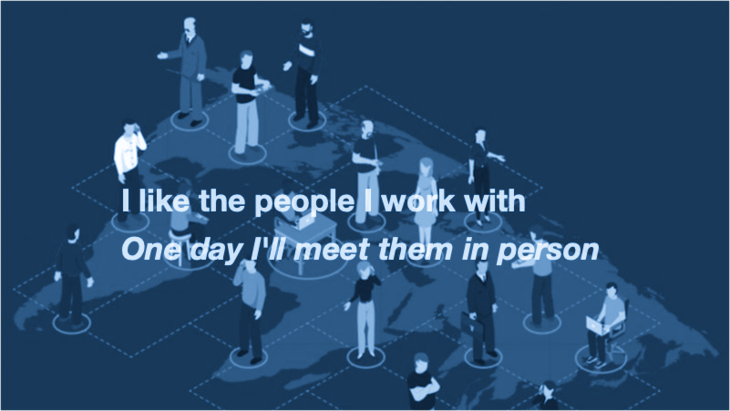
The Law of the Customer
Customers no longer line up meekly at our shop door, impatient to buy what you have to offer. You need a team who are constantly alert to discussions about your brand or products on third-party sites or social networks, and who build connections and understand what customers truly want to buy.











